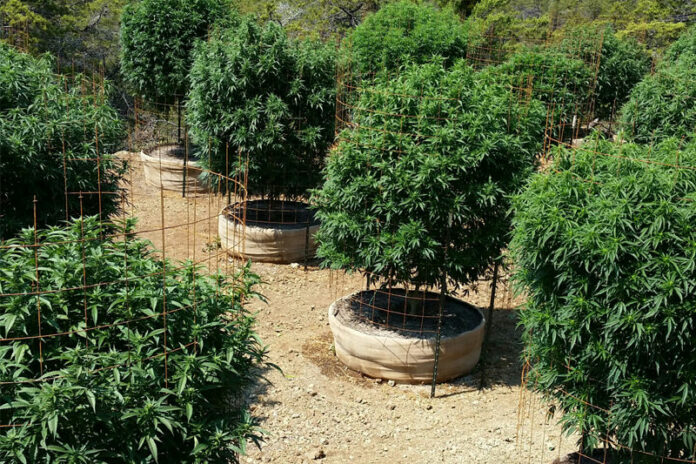Sonoma County’s new marijuana regulations remain an imperfect work in progress, county officials conceded last week.
“They say sausage-making is never as sexy as actually eating because it’s just an imperfect process,” Fourth District County Supervisor James Gore and board chairman told last week’s audience at the panel’s discussion on how the county’s new pot rules are (or aren’t) working out.
“I advise you to join us in imperfection, but in progress,” said Gore, predicting years will pass before Sonoma County has acceptable, workable cannabis rules to address the North Coast’s incipient legal pot industry.
“All the board members said we were going to have to see what worked and adapt to this thing, two, three, four times over the coming years,” said Gore. “Some people even said we might have to change this ordinance five to ten times over the next five years.”
The board met last week to give direction on updating the county’s legal cannabis program mainly to better address issues of neighborhood incompatibility, recreational adult use and alignment with recent state laws.
Some of the immediate updating process is projected to take more than a year, the county’s Cannabis Program Manager Tim Ricard told the crowd of cannabis industry advocates wearing green hats and industry critics wearing red hats.
West county Supervisor Lynda Hopkins called the update process “an opportunity for us to listen to the community, to the folks who are here both from the red side and the green side,” said Hopkins, who with First District Supervisor Susan Gorin makes up the supervisors’ cannabis ad hoc committee,
“I know this is an incredibly and extraordinarily emotional issue,” said Hopkins. “There are people from the cannabis community who are in a panic because they see their livelihoods disappearing. There are people from the neighborhood groups who are in a panic because they see their neighborhoods disappearing. It’s also an opportunity for the red side and the green side to also listen to one another.”
Challenges facing the county’s legalized marijuana landscape include a slow-moving permit process for legalizing new as well as established but unregulated cannabis operations.
The county cannabis ordinance has divided the permitting responsibilities between the Agricultural Commissioner’s office and the Permit and Resource Management Department (Permit Sonoma). Both departments began accepting cannabis business permit applications last July, with the Ag Commissioner issuing zoning permits for outdoor marijuana cultivation in agricultural zones and Permit Sonoma in charge of all other cultivation operations, dispensaries, manufacturing laboratories, distribution and transportation.
So far the county has received 152 applications but has only issued five permits, said Ricard in his report. “The slower-than-expected approval of permits is largely due to the high number of incomplete applications, difficulties implementing a new ordinance [and] complexity of the permitting requirements,” said Ricard.
The new regulations have drawn resistance from growers who have been long been operating with little or no oversight and from public opposition to commercial cannabis cultivation operations in residential neighborhoods.
Revenue from the new county new cannabis business tax (Measure A) passed last year has also lagged behind projects. After two quarters of collecting cannabis taxes, the county has collected approximately $1.6 million, said Ricard, not even half of what was earlier projected, and the tax revenue is expected to decrease this year because some of it represented one-time payments from new permittees and because some operations have been shut down due to code violations. The cannabis program is now projected to take in $2.5 million in tax revenue and more than $850,000 from fines and fees, bringing the estimated total annual revenue to $3.4 million this year, said Ricard.
“Although this is less than the $5.2 million in revenue that was initially projected, cannabis program revenues are expected to cover the program’s costs,” said Ricard’s report.
The county last year also formed a Cannabis Advisory Group made up of 20 members appointed by the Board of Supervisors. The group meets monthly to make recommendations to the board. The advisory group’s next meeting is Wednesday, April 25, from 3 to 5 p.m. at the Glaser Center in Santa Rosa.
62.5
F
Healdsburg
April 19, 2025








